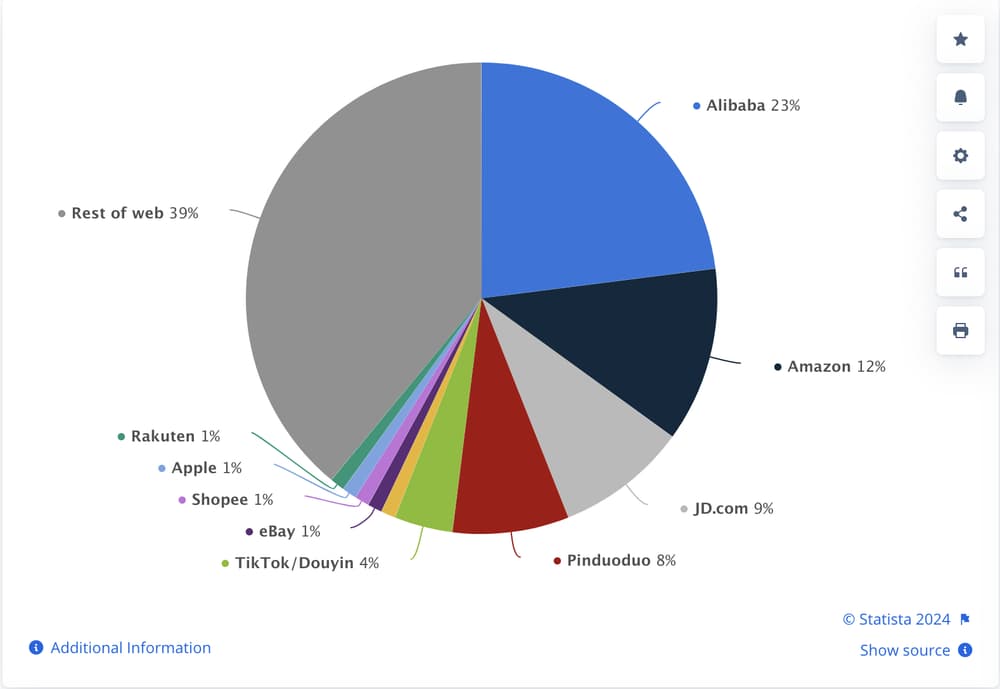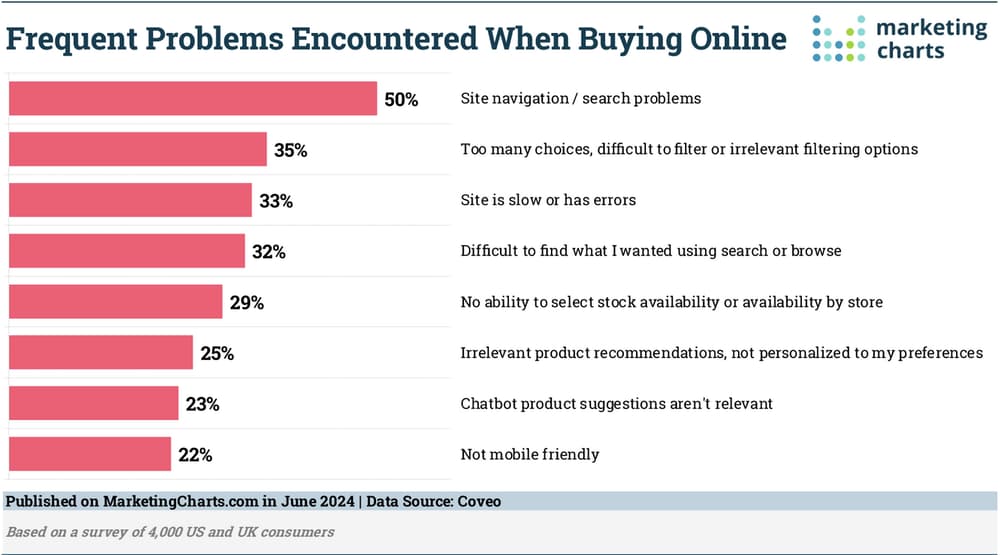

Today’s e-commerce shoppers see sales and other perks on their favorite websites. What can brand leaders do to keep visitors on sites longer and make them buy more? Eye-tracking technologies bring those benefits and others.
RealEye is an online platform that conducts eye-tracking experiments through webcam. The data shows where someone looks and for how long. Eye-tracking tests show which parts of a page engage or confuse visitors.
Eye-tracking products support companies during all web development stages. From mockups to full-featured sites, these tools improve people's interactions with online content.
How can business leaders apply this technology to improve e-commerce results?
Eye-tracking tools assist marketers and web developers in making thoughtful choices. Which layouts are most appealing and easy to navigate? Which products should companies highlight? Is it better to place the shopping cart icon in the top left or right of a page?
Company representatives create several page versions. Then, they ask people to interact with each one during the user testing phase. Eye-tracking shows which option keeps shoppers most interested and eager to buy. One example involved using eye tracking before stocking a new beverage. More consumers noticed the drink when to the left of an existing product than at the top of the shelf.
Web developers increase interest by adopting this technique for site features. Imagine a pop-up banner that gives people 25% off in exchange for their email addresses. Should that content appear in the screen's center or off to the side? Eye-tracking tests remove guesswork, showing which options raise engagement rates most.
Tests may also show that people's devices influence where they look. If so, companies can personalize content to look different on phones or computers. Maximizing engagement time gives companies more selling opportunities. It also reassures shoppers they are using their internet time well.
These 2024 statistics show personalization pays off. Many customers appreciate personalized content, and some demand it. Eye-tracking informs better user experiences and help brands convert.

One example comes from a premium pet food brand. Marketers used eye tracking to see how long consumers looked at ads. They used the results to determine advertising effectiveness during a three-month study. Marketing team members tweaked the ad content throughout the investigation. Those gradual changes increased consumers' buying intent by 23%. Brand awareness also went up by 15%.
Marketers noticed a 22% lift in people buying products from the company's website during one month. Those successes showed the marketing team personalization's many advantages and encouraged them to use eye-tracking in future campaigns.
Today's e-commerce sites are in a competitive and crowded landscape. Even so, a 2022 worldwide survey revealed surprising results. It showed lesser-known e-commerce sites are a significant part of the market. Smaller companies can succeed with the right approaches.

Executives must track and review customer engagement efforts. Then, they can see which ones achieve goals.
For example, nonprofit leaders track fundraisers' success and find ways to improve. Eye-tracking shows the best place for a donation button. The results could also suggest where to put a chart explaining where the money goes.
This strategic research eliminates trial-and-error approaches that take too much time. Instead, executives see how consumers respond to certain options. The most effective possibilities support e-commerce goals.
Eye-tracking tells marketers which content or functionality aspects are most helpful. Then, e-commerce leaders can remove or improve the confusing or uninteresting elements.
The chart below shows half of online shoppers have navigation or search problems.

Eye-tracking test results help marketers understand why these negative experiences occur. Sometimes, frustrated users leave sites without buying, so frequent positive interactions are important.
The outcomes also support personalization. People who see relevant, exciting content will stay on the site longer. What happens when a site looks familiar to someone during each visit? It makes them feel that the company understands and supports them. These shoppers will also stay relaxed as they browse the site.
Eye-tracking tests improve personalization by keeping people interested. Popular sites have tens of thousands of visitors per hour or more. How can marketers appeal to most of them?
In one case, researchers used eye tracking to see what interested people during an e-commerce livestream. The most invested viewers paid more attention to the product. They also showed increased interest in the selling process.
The seller's attractiveness also influenced them. When they found the person appealing, viewers kept watching for longer, and they were also likely to buy. E-commerce is an image-heavy industry. People cannot touch items before they buy, but most will click on pictures and zoom in for details.
Are people more interested when an apparel model poses on a beach or in the mountains? Should the site's headline image feature a couple or a family? Do people engage with a product description longer if it includes a video? Eye-tracking tests reveal all these things and others.
People shop online every day, making it essential for e-commerce websites to diversify themselves from the competition. When a website can give users a smooth, intuitive experience where they immediately find content matching their wants and needs, companies can gain loyal customers for life.
Eye-tracking tools improve online content and keep e-commerce brands competitive, helping e-commerce businesses attract and retain customers and grow successfully.